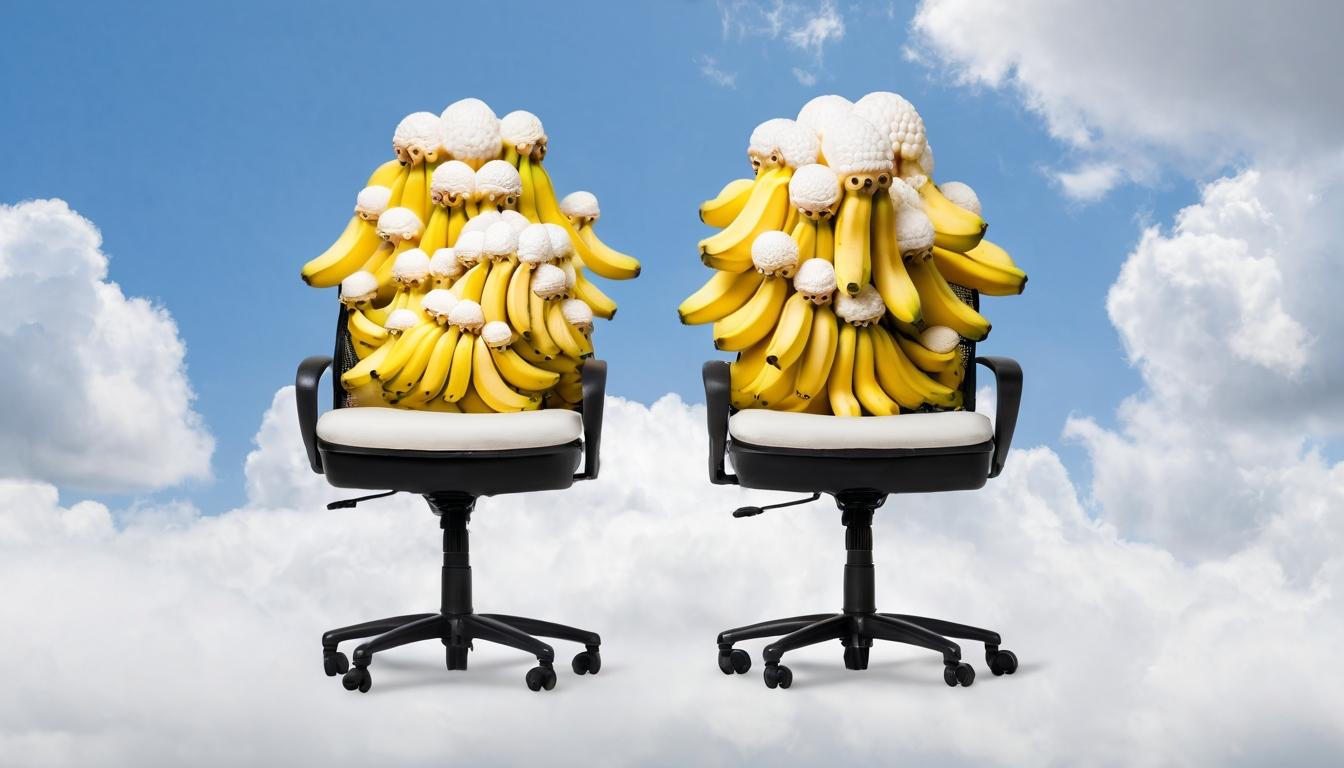We live surrounded by objects we think we understand—the chair you're sitting on, the phone in your pocket, the clouds drifting overhead. But beneath their familiar surfaces lie stories so strange they'd sound like fiction if they weren't documented fact. The ordinary world is anything but, and the closer you look, the more wondrous it becomes.
Take something as simple as a chair. Most of us spend hours in them every day, but few realize that until the 16th century, chairs were primarily status symbols reserved for royalty and high-ranking officials. Common people sat on benches, stools, or the floor. The democratization of chairs coincided with the rise of literacy and reading culture—suddenly people needed comfortable places to sit for extended periods. Even today, your relationship with chairs reveals something about power dynamics; think about who gets the 'best chair' in meetings or family gatherings.
Your smartphone contains more computing power than NASA had during the Apollo moon missions. That little device in your pocket could handle the calculations that put humans on the lunar surface—and still have processing power left for social media and cat videos. Yet we use this technological marvel primarily for trivial purposes. The gap between capability and application has never been wider, raising questions about how we value technological progress versus how we actually employ it.
Clouds might seem like passive decorations in the sky, but they're actually massive, dynamic systems. A single cumulus cloud weighs about 1.1 million pounds—roughly equivalent to 100 elephants floating overhead. They're not weightless; they're supported by rising air currents. The water droplets within them are so tiny that 100 million could fit in a single raindrop. Next time you look up, remember you're witnessing one of nature's most impressive balancing acts.
Consider the common banana. The bananas we eat today are clones—genetically identical to each other because they're propagated through cuttings rather than seeds. This makes the entire global banana industry vulnerable to disease, much like what happened in the 1950s when the Gros Michel variety was nearly wiped out by Panama disease. The bananas your grandparents ate tasted different and were more resilient than today's Cavendish variety. We're essentially eating the same banana, over and over, across the globe.
Octopuses present one of nature's greatest mysteries. These creatures have three hearts, blue blood, and brains in their arms—each tentacle contains its own neural cluster that can operate semi-independently. An octopus's arm severed from its body can still crawl away, grasp objects, and even attempt to feed a mouth that's no longer there. Their intelligence is so alien to our own that scientists struggle to measure it using conventional metrics. When you watch an octopus change color and texture to perfectly mimic its surroundings, you're witnessing one of evolution's most sophisticated survival strategies.
Human memory is less like a recording device and more like a storytelling session where details get embellished, altered, or invented with each retelling. Studies show that every time we recall a memory, we subtly rewrite it, incorporating new information and perspectives. This means your most cherished childhood memories have likely been edited and revised numerous times without your conscious awareness. The past isn't fixed; it's a narrative we continually reconstruct.
The world beneath our feet holds equally astonishing secrets. Earth's inner core spins at a different rate than the rest of the planet, creating a complex geodynamo that generates our magnetic field. This magnetic shield protects us from solar radiation that would otherwise strip away our atmosphere. Without it, Earth would resemble Mars—a barren, lifeless rock. Yet this crucial protection fluctuates; the magnetic poles have reversed hundreds of times throughout Earth's history, and we're overdue for another flip.
Language contains hidden evolutionary artifacts. The reason we have separate words for certain colors traces back to how different cultures historically prioritized color perception. Societies that developed dyeing technology earlier typically have more color words in their language. The Himba people of Namibia, for example, don't distinguish between blue and green but have multiple words for different shades of green that English speakers would lump together. Your perception of reality is shaped by the linguistic tools your culture provides.
Time itself behaves strangely when examined closely. Due to gravitational time dilation, your head ages slightly faster than your feet—about 90 billionths of a second over a 79-year lifespan. The difference is negligible for practical purposes, but it demonstrates that time isn't the constant we experience it to be. GPS satellites have to account for this effect, adjusting their clocks because time passes slightly faster in orbit than on Earth's surface.
Even something as fundamental as cleanliness has surprising dimensions. The human body hosts trillions of microbes—bacteria, viruses, and fungi that outnumber our own cells. Many of these microorganisms are essential to our health, aiding digestion, training our immune systems, and even influencing our moods. The quest for sterilization might actually be making us less healthy by disrupting these delicate ecosystems. Your body isn't just yours—it's a complex community where human cells are minority shareholders.
These hidden dimensions of ordinary existence remind us that reality is far richer and stranger than it appears. The most extraordinary discoveries often come from looking more carefully at what we assume we already understand. The world is full of marvels waiting to be noticed—you just need to know where to look.
The hidden lives of everyday objects and the bizarre truths behind them

